#John cater
Explore tagged Tumblr posts
Text

#movies#polls#captain kronos: vampire hunter#captain kronos vampire hunter#captain kronos#vampire hunter#70s movies#brian clemens#horst janson#john cater#caroline munro#john carson#shane briant#requested#have you seen this movie poll
86 notes
·
View notes
Text

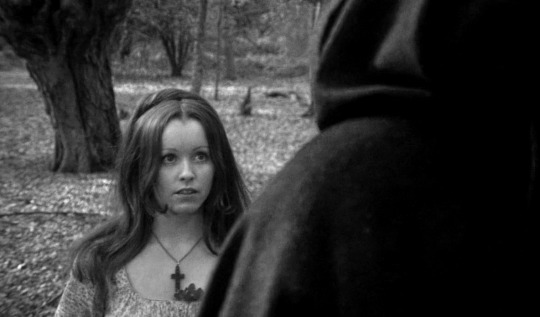

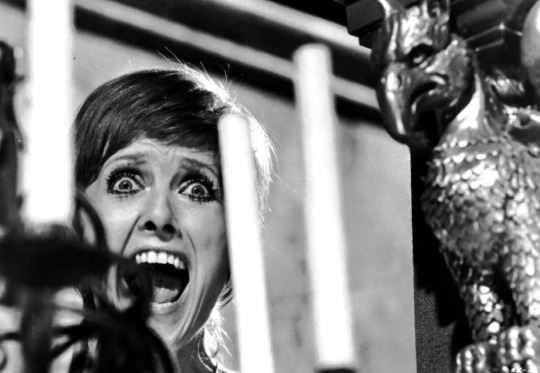

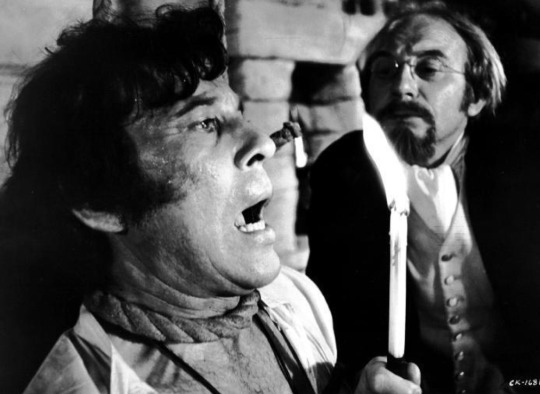
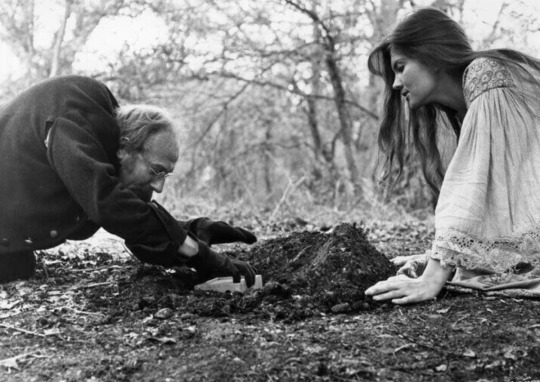

Captain Kronos: Vampire Hunter (1974)
#captain kronos: vampire hunter#horst janson#caroline munro#john cater#lois daine#susanna east#1974#1970s movies#brian clemens#hammer horror#hammer films
92 notes
·
View notes
Text

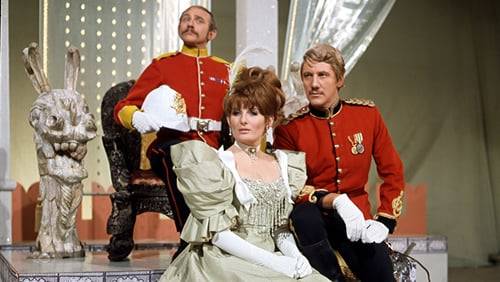

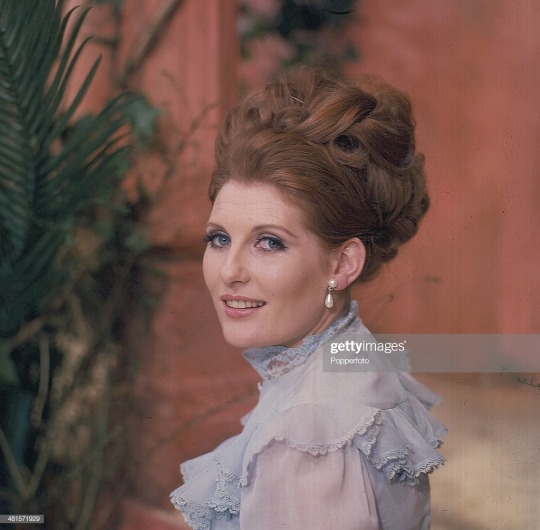
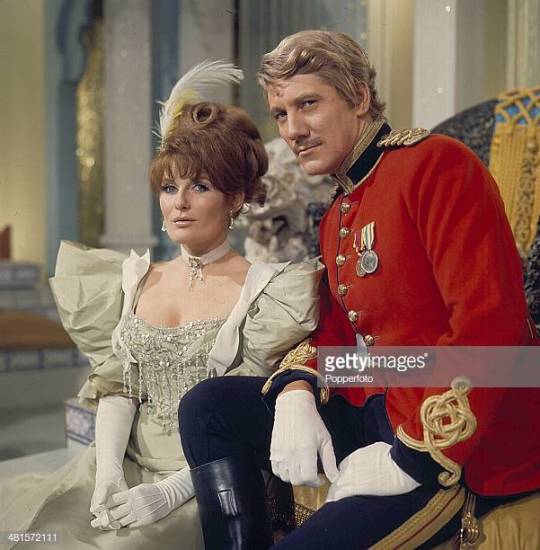
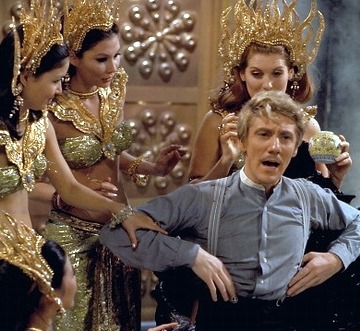
Virgin of the Secret Service (ATV, 1968)
"A bomb, at Dawki, on Tuesday, killed nine enlisted men; an explosion in the mess at Chamba bereaved eleven British women; and furthermore, Major Hamilton lost three fingers of his right hand, a great loss! Major Hamilton was one of the finest polo players in the North-West Frontier."
That most prolific of TV writers, Ted Willis, might have been excused for resting on his laurels by 1968. He had two long-running hits under his belt already; Sergeant Cork (1963 - 1968) was just drawing to a close on ATV, whilst BBC juggernaut Dixon Of Dock Green (1955 - 1976) rumbled gamely on, and Ted himself was now Baron Willis of Chislehurst - he had well and truly made it. Never one to stay idle, however, Ted pitched a new series to ATV, something a little different: where much of his work until this point had concentrated on the police procedural, his new show was to eschew the groundings of realism in favour of dashing spies, exotic locales and grand comic book style adventures. So Virgin Of The Secret Service was born.
Even by the standards of mid-60s, non-ITC television, Virgin is pretty obscure, and there's precious little information out there about the series. I can make some informed guesses, but they are only guesses; clearly Ted wanted to try something different, and the series is certainly unlike anything he had created to that point - or indeed, much of what came after. Gone were methodical investigations and wise, older detective figures - in came sword fights and deadly tarantulas and exploding tennis balls. The subtle, wry humour of Cork and Dixon is replaced with outlandish, arch pastiche. Drawing heavily on the Boys' Own magazine style of serialised adventure story, with dashing heroes and foreign villainy clashing all around the British Empire of Old, the series is a larger than life tribute to a style of storytelling that had already fallen out of fashion.
Whether it was a success or not, I don't really know - like I say, there is very little information out there. I suspect not, and it certainly hasn't entered the public consciousness in anything like the way some of its' contemporaries have. Certainly it didn't last long - one series of thirteen episodes. I suspect - though I'm guessing again - that it was never conceived to be the sort of durable hit that Ted was known for. The sets and the costumes look impressively expensive, and the concept simply doesn't lend itself to multiple seasons of adventure. It is, though, for thirteen brief episodes, gloriously, brilliantly fun.
#Virgin of the secret service#Classic tv#Atv#1968#Ted willis#Clinton greyn#Veronica strong#John cater#Noel coleman#Alexander Doré#Peter Swanwick#Robert D. Cardona#Paul bernard#Peter diamond#Larry adler#this is verbatim the post i dug out of my drafts#the fact that i never posted it suggests i wanted to add something but i couldn't for the life of me tell you what it was#bc i watched this show and wrote this post around 4 yrs ago#shrug#this will have to do#ETA: it occurs to me now that this may have been a stepping stone in getting the Lochinvar pilot i posted about a while back made#considering Peter Diamond worked on the series and Coleman and Doré both ended up in supporting roles in Lochinvar#this would have probably filmed in late '67 or thereabouts and Lochinvar was being shot in mid 68#foods for thought
25 notes
·
View notes
Text
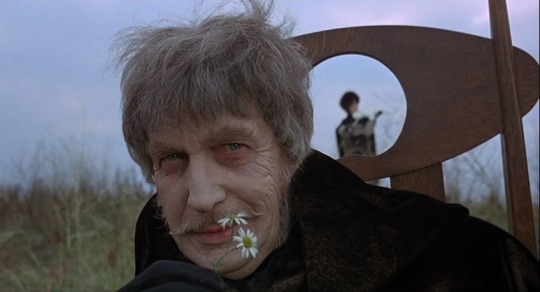
The Abominable Dr. Phibes (1971)
In the late 1950s and 1960s, American International Pictures (AIP) was a minor Hollywood studio with an outsized reputation. AIP, which made nothing but low-budget pictures and B-movies during its existence, focused on cornering the market for teenagers and young adults. Rather than making an endless string of superhero movies, AIP instead relied on its Beach Party series and related films (1963-1967) and inexpensive horror movies (usually involving producer/director Roger Corman). One of AIP’s mainstays for its coterie of horror films was none other than Vincent Price. A longtime character actor for 20th Century Fox, Price had only begun to regularly feature in horror films beginning with House of Wax (1953). From there, he became a regular on AIP’s Edgar Allan Poe adaptations (very loose adaptations, mind you) under Corman’s direction. No matter how dastardly Price’s characters schemes were in his numerous horror films, Price’s almost effortless charm always pored through, to the point that one cannot help but root for his schemes to succeed.
Though Roger Corman was not involved in The Abominable Dr. Phibes (Phibes rhymes with “bribes”), a portion of Price’s fans point to his performance here in the title role as the Vincent Price-iest of all. In this darkly comedic horror film directed by former production designer Robert Fuest (the 1961-1969 TV series The Avengers, director on 1970’s Wuthering Heights), the film’s deliberate campiness demands more absurd motivations, plot developments, and aesthetic choices than some viewers might be comfortable with. In short, this is not the ideal introduction to Vincent Price or AIP’s horror movies. To enjoy the first Phibes film is to be in on the joke, to accept the film’s inherent silliness.
The opening credits help set that mood. As they roll, Dr. Phibes (Price) ascends from beneath a flight of stairs, playing on organ Felix Mendelssohn’s “War March of the Priests” from Athalie. His only company in this fiendish lair are his tall, silent assistant Vulnavia (Virginia North) and his animatronic band, the Dr. Phibes Clockwork Wizards. Reported killed in a Switzerland car accident in 1921 alongside his wife Victoria, Phibes (who carries heavy facial scars and lost his speaking voice in the crash) is hellbent on seeking revenge against the British doctors who presided over Victoria’s failed surgery. Instead of going to therapy, Phibes murders the doctors instead. One after another, the doctors die in increasingly elaborate ways – each homicide inspired by one of the ten Plagues of Egypt as described in the Book of Exodus. After the third doctor dies, Scotland Yard finally begins connecting the dots under Inspector Harry Trout (Peter Jeffrey). Trout soon realizes that the deceased were all directed by Dr. Vesalius (Joseph Cotten). This revelation only begins to unearth Phibes’ wicked plot.
Elsewhere, Hugh Griffith plays a helpful Rabbi and Terry-Thomas plays one of the doctors. Derek Godfrey and John Cater play Inspector Trout’s superiors, Crow and Weaverly, respectively. Aubrey Woods, whom most know as Bill the Candy Man from Willy Wonka and the Chocolate Factory (1971), plays an eyewitness named Goldsmith.
youtube
The screenplay by William Goldstein (who returned for the sequel), James Whiton (his only major writing credit), and Fuest, is no one’s idea of sensible, intelligently structured writing. The transitions between the scenes involving Phibes, his assistant, and the victims to Scotland Yard and Dr. Vesalius are untidy. Goldstein, Whiton, and Fuest attempt to make more of a mystery out of this film than they should, but it only serves to make the investigatory half of the film as a dumping ground of expository dialogue. The scenes with Phibes are the zanier, far more interesting parts of the screenplay – even though the character can no longer speaker (the writers engineer an inexplicable workaround, but this unlikely development can have a pass in the context of this bizarre work). For the scriptural scholars among us, some of the stylish killings of the unsuspecting doctors take liberties with the stated Ten Plagues of Egypt. Though perhaps unacceptable to those demanding strict adherence to the holy texts, the thematic divergences of those murders are still so cockamamie that most viewers probably do not mind.
Dr. Phibes’ murders would make Jigsaw from the Saw series (2004-present) proud. To be clear, The Abominable Dr. Phibes is not a slasher film (a subgenre that was beginning to find its foundations by the early 1970s), but it contains elements that would become slasher hallmarks – an individual committing several revenge killings due to a past event, a sort of catharsis (in later slasher movies, sexual gratification) in the act of killing, and unusual manners of murder. Instead of horrifying the viewer with the wanton death, it is Vincent Price’s performance that keeps The Abominable Dr. Phibes within the confines of comedic horror. Due to reasons that I do not wish to spoil, Price’s Phibes scarcely makes a facial expression aside from his default, neutral gaze. His gait is deliberate and steady. Without the possibility of any facial muscular contortions or Price’s trademark smirk, so much of Price’s performance is through his eyes. From his thousand-yard stares, contemptuous gazes, world weary looks, and bemused glances, Price provides an enormous amount of the film’s soul and tenor with so little of his body. This sounds like a silent film director’s dream, but Price’s performance is a commanding one, in any era. His Dr. Phibes may not be in full control of his movements (thanks to Trevor Crole-Rees’ excellent makeup design), but Price is always fully in control of his acting. No surprise to anyone who knows Price’s work – always dependable to provide his utmost effort, no matter how dire the material.
The screenplay, nevertheless, keeps some emotional distance between the audiences and the title character. Though the film’s absurdity allows the viewer to scrap their sense of morality while watching Phibes slaughter each of the doctors, Phibes’ psychology is inaccessible until the film’s second half. The filmmakers, by not prioritizing Phibes’ mindset as much as they could, continually frame him as the villain amid bumbling detectives, the privileged victims (ensuring that the viewer cares not too much about their deaths), and the prideful Dr. Vesalius (whose hubris erodes as the film progresses, revealing his desperate humanity).
If anybody could be considered a co-lead here, that would be Joseph Cotten as Dr. Vesalius. The underrated and undermentioned Cotten, not at all known for his horror work and more for his collaborations with Orson Welles (namely 1941’s Citizen Kane and 1942’s The Magnificent Ambersons), performs ably here. Cotten replaced Price’s friend, Peter Cushing (Grand Moff Tarkin in 1977’s Star Wars, a regular as Baron Frankenstein and Van Helsing in Hammer horror movies), after Cushing fell ill. Cushing would have been ideal in the role, but never does Cotten act as if the unconvincing dialogue is beneath him, even if he doesn’t attempt to hide his American accent. As Dr. Vesalius, Cotten wonderfully inhabits his character’s desperation as his colleagues meet their ends, as if prophesied.
Set designer Brian Eatwell (1973’s The Three Musketeers, 1976’s The Man Who Fell to Earth) runs rampant with his design to Phibes’ lair. A curious combination of art deco and the garishness of 1970s colors serves the film’s ludicrousness. I am not sure how livable Phibes’ abode is – there are nary any bedrooms or any other amenities depicted – but the central chamber could be an ideal place for a raucous, demented soiree. Vulnavia’s ever-changing wardrobe in each of her scenes is also a delight, thanks to costume designer Elsa Fennell (1964’s Goldfinger, 1971’s Diamonds Are Forever). Perhaps there isn’t too much of association between campy costumes and sets with heartrending motives for murder, but that is exactly what transpires in The Abominable Dr. Phibes.
In addition, a laughably anachronistic soundtrack of swing jazz and Great American Songbook standards dot the film. I was not prepared for the appearance of either Mendelssohn’s “War March of the Priests” nor the legendary song that rounds out the closing credits. Phibes’ introduction while playing the former on organ readies the viewer not to take everything that is about to unfold seriously. For the latter song (again, I dare not spoil this), a brilliant solo trumpet takes the easily recognizable melody and swings it. Lyrically, this song’s placement in the end credits is fitting for what happens to Phibes. But I could not help but laugh the moment I heard the opening notes – a fitting send-off to a gleefully daft movie.
When The Abominable Dr. Phibes arrived in theaters, its poster showed the mutilated Dr. Phibes appearing as if he is about to kiss a woman. Above them read the tagline: “Love means never having to say you’re ugly.” This was a reference to Love Story (1970), with its (in)famous tagline and in-movie quote: “Love means never having to say you’re sorry.” The marketing for The Abominable Dr. Phibes confused audiences – was it a romance? horror? parody? – and the film struggled initially before AIP retooled its advertising to market the film as a horror film. On its low budget, the film was successful enough to warrant AIP to greenlight a sequel, Dr. Phibes Rises Again (1972). That sequel marked the beginning of the end of Price’s association with AIP, due to conflicts over his pay (while AIP’s box office fortunes were dwindling), his lack of satisfaction with the scripts coming his way (not even Price wanted to star in two Dr. Goldfoot movies in two years), and AIP’s plans to replace him with Robert Quarry as their primary horror star.
In the years since the film’s debut in cinemas, The Abominable Dr. Phibes has garnered a deserved cult status. There was no stopping Vincent Price from leaving AIP, but AIP – with their Robert Quarry plans not even a secret – somehow undervalued the actor who was their principal attraction through the 1960s. An essential in Price’s filmography, The Abominable Dr. Phibes defies genre conventions, genre categorization, and any semblance of rationality. For those looking for some bloody horror as the mercury drops, look no further than here. The first Dr. Phibes films guarantees murders with a wink and, though not a smile, an animatronic band playing hits that have yet to be composed.
My rating: 7/10
^ Based on my personal imdb rating. My interpretation of that ratings system can be found in the “Ratings system” page on my blog. Half-points are always rounded down.
For more of my reviews tagged “My Movie Odyssey”, check out the tag of the same name on my blog.
#The Abominable Dr. Phibes#Robert Fuest#Vincent Price#Joseph Cotten#Peter Jeffrey#Virginia North#Hugh Griffith#Terry Thomas#Derek Godfrey#John Cater#Aubrey Woods#William Goldstein#James Whiton#Sean Bury#John Laurie#Trevor Crole-Rees#Maurice Kaufmann#TCM#My Movie Odyssey
4 notes
·
View notes
Photo



Virgin of the Secret Service - ITV - March 28, 1968 - June 20, 1968
Adventure (13 episodes)
Running Time: 50 minutes
Stars:
Clinton Greyn as Captain Robert Virgin
Veronica Strong as Mrs. Virginia Cortez
John Cater as Sergeant Fred Doublett
Alexander Doré as Karl Von Brauner
Noel Coleman as Colonel Shaw-Camberley
Peter Swanwick as Klaus Striebeck
#Virgin of the Secret Service#TV#Adventure#ITV#1960's#Clinton Greyn#Veronica Strong#John Cater#Alexander Dore#Noel Coleman
5 notes
·
View notes
Text
Captain Kronos: Vampire Hunter (1974)
Captain Kronos: Vampire Hunter (1974)
Synopsis- A dashing swordsman and his hunchbacked assistant traverse the countryside, hunting vampires who drain youth instead of blood, blending gothic horror with swashbuckling adventure in Hammer Films’ bold genre experiment. Director- Brian Clemens Cast- Horst Janson, Caroline Munro, Lois Daine Genre- Horror | Action Released- 1974 ⭐⭐⭐ Rating: 3 out of 5. Hammer Films’ Captain Kronos:…
#1970s Cinema#Action#★★★#Brian Clemens#Caroline Munro#cinema#film review#Film Reviews#Horror#Horst Janson#John Cater#Lois Daine#movie review
0 notes
Text



✨MERRY CHRISTMAS!✨
🎄By Dan Hipp🎄
#Merry Christmas#🎄🎄🎄#Dan Hipp#DC#dc comics#Damian Wayne#Damian Wayne x reader#Robin#Batman#Bruce Wayne#Bruce Wayne x reader#Superman#Clark Kent#Dr fate#Hawkman#Cater Hall#Wonder Woman#Flash#Barry Allen#green lantern#John Steward#Gentleman Ghost#Mary Marvel#Queen Mera#nightwing#robot man#zatanna#darkseid#etrigan#Santa Klaus
128 notes
·
View notes
Text
Who is most important to the history of Doctor Who?

TOURNAMENT MASTERPOST
propaganda under the cut
John F Kennedy – assassinated the day before An Unearthly Child
his assassination happened the day prior to doctor who's launch in november 1963. without his death, an unearthly child's first episode would not have had a repeat airing. thanks to his death, perhaps this episode may have had the chance to be recorded, and would have become lost to time like so many others. god bless america. (anonymous)
Real historical figures portrayed on the show
I believe one of the original selling points of DW is that it would be educational wrt history and historical figures right? Anyway the show would not be as good without the doctor meeting Charles Dickens and Vincent Van Gogh and Rosa Parks etc, it somewhat anchors the show in reality, which ironically makes it feel more magical <3 (@greenslime69 )
William Shakespeare
The earliest person to be credited with writing a Doctor Who story and the writer with the biggest gap between their death and publishing of the work accredited to them (over 500 years) (anonymous)
81 notes
·
View notes
Text
Twst oc creators wondering what character is on the chopping block for the Halloween event:




#saying this as someone who had an Honest John oc before Fellow came out#twisted wonderland#twst#azul ashengrotto#idia shroud#twst idia#leona kingscholar#twisted wonderland azul#twst riddle#riddle rosehearts#ace trappola#twisted wonderland trey#trey clover#twisted wonderland cater#twst cater#cater diamond#twst lilia#twisted wonderland lilia#lilia vanrouge#jack howl#twst ruggie#twisted wonderland ruggie#ruggie bucchi#twst fellow honest#twst fellow#fellow honest#twisted wonderland floyd#twst floyd#twst jade#jade leech
133 notes
·
View notes
Text
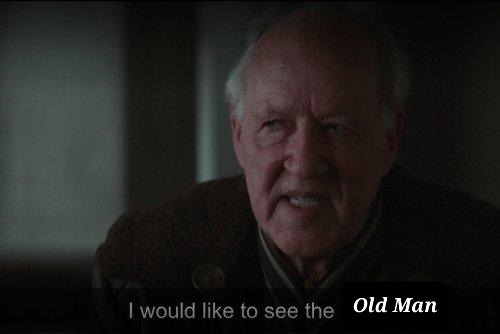
Logging onto Tumblr Dot Com
#I almost made this one about Ben specifically but I decided to cater to my wider audience#Ben Mendelsohn#Cary Elwes#jeff goldblum#John Corbett#Talos#Pierre despereaux#Original#Me#Mine
347 notes
·
View notes
Text
the faceless facets of a diamond (Cater Diamond Web Weave)





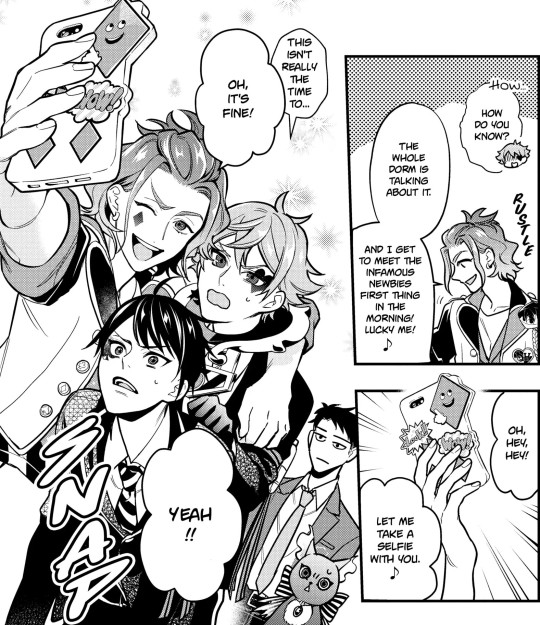










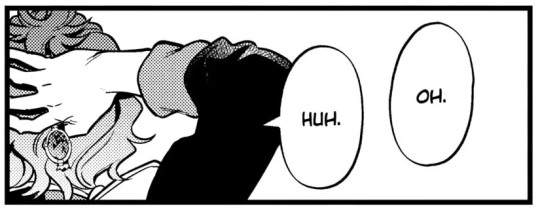










---
"Hah....I'm tired. I really don't care about this entrance ceremony...Just kidding." - Cater Diamond (Ceremonial Robe Vignette pt.2)
---
To the Setting Son (Leona)
a kinda, sorta request from the lovely @artistnettles / @twstnettle for our favorite mad hatter <3
Twisted Wonderland is produced by Aniplex and Walt Disney Japan
Character Design and Story by Toboso Yana
Twisted Wonderland - The Manga: Book of Heartslabyul is illustrated by Sumire Koono with composition by Hazuki Wakana
glass animals, "dreamland" / susan sontag / twst - the manga / meiko kaji, "urami bushi / my grunge blues" / mieko kawakami / twst - the manga / nina lacour / rina sawayama, "bad friend" / susan sontag / susan sontag / twst - the manga / twst - the manga / twst - the manga / dan deacon, "when i was done dying" / emily palermo / t.l. martin / twst - the manga / the crane wives, "never love an anchor" / twst - the manga / paula hawkins / twst - the manga / twst - the manga / Celeste Ng / ??? / john darnielle of the mountain goats during a 2021 solo show / twst - the manga / twst - the manga
#cater diamond#comparatives#web weaving#twst cater#twst comparatives#twst web weave#twisted wonderland#twst#twst disney#comparative#web weave#glass animals#susan sontag#meiko kaji#mieko kawakami#nina lacour#rina sawayama#dan deacon#emily palermo#t.l. martin#the crane wives#paula hawkins#celeste ng#john darnielle#the mountain goats#yana toboso#koono sumire#wakana hazuki
53 notes
·
View notes
Text
Heya poozers, it's time fer Kilowog's pick a' the week! This is where I pick the best comic I read this week and give ya' a non-spoiler review of it. Keep in mind I really only read DC comics. I want to read more, but I ain't got the time. This week was another tough one, because Batman's arc finale was amazin' and actually made me love Batman, which ain't easy ta' do, but ultimately I had ta' go a different direction.

Kilowog's Pick: John Constantine: Hellblazer: Dead in America Vol. 1 #6 by Simon Spurrier, Aaron Campbell, Jordie Bellaire, Steve Wands, Matthew Levine, and Chris Conroy.
This whole series has been fantastic, with Simon Spurrier showin' he can write horror an' Aaron Campbell showin' he can illustrate it, but this issue really took the cake fer me.
They play around with metacommentary an' fourth wall breakin'. That's something we see all the time from people like Deadpool an' Harley Quinn, or from writers like Alan Moore an' Grant Morrison, but when they do it it's makin' big serious points, or else bein' silly an' goofy.
This is about horror. It's a horror comic. A twisted tale a' obsession with story an' obsession with makin' story perfect, the madness of bein' able ta' change things narratively, an' some fantastic art that takes full advantage of the comics medium to show the fourth-wall-breakin' an' reality-warpin' powers at play.
Yeah, any time there's a fourth wall break comic it's kinda whimsical, but whimsy can turn ta' horror easily under the hand of a good writer, an' Simon Spurrier is a good writer.
The issue ties in with the larger plot of this series, but the metacommentary stands alone an' I think it'd be enjoyable even fer people who ain't readin' the rest of it.
An that's my pick a' the week!
#Comic Review#Comics#Comic Books#DC Comics#New Comic Book Day#John Constantine#Hellblazer#Dead In America#Comic Recommendation#There's also some fun jabs at toxic fan types and the poor quality creators who cater to them but that's not the main point
12 notes
·
View notes
Photo




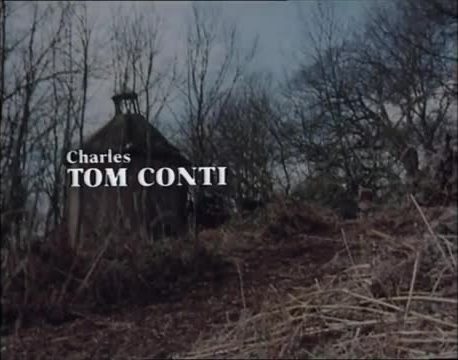





Madame Bovary - BBC Two - September 22, 1975 - October 12, 1975
Drama / Miniseries (4 episodes)
Running Time: 60 minutes/episode
Stars:
Francesca Annis as Emma Bovary
Tom Conti as Charles Bovary
Gabrielle Lloyd as Felicite
Ray Smith as Homais
Brian Stirner as Leon Dupuis
David Waller as Father Bournisien
John Cater as Lheureux
Kathleen Helme as Madame Bovary, Charles' mother
Ivor Roberts as Guillaumin
Stephen Bent as Justin
Denis Lill as Rodolphe Boulanger
Michael Poole as Dr. Canivet
Bernard Taylor as Girard
John Tordoff as Hippolyte
Richard Beale as M. Rouault
James Bree as Beadle
Antony Carrick as Clerk
Ysanne Churchman as Heloise
Nicholas Hawtrey as Vicomte
#Madame Bovary#TV#BBC Two#1970's#Drama#Miniseries#Francesca Annis#Tom Conti#Gabrielle Lloyd#Ray Smith#Brian Stirner#David Waller#John Cater#Kethleen Helme#Ivor Roberts#Stephen Bent
4 notes
·
View notes
Text
I know the idea of a project sekai milgram crossover has been done to death but ichihona double cover would go so hard
#project sekai#milgram#ichihona#my favorite prjsk pairing x my fave milgram song and pairing......#man i love having ideas that cater to literally only me#i know that john's whole savior thing would go better with kanade but like. listen. LISTEN#oh yeah ichika would be john and honami wpuld be mikoto obviously#i think ichika can be very angry and very homosexual as a treat
10 notes
·
View notes
Text


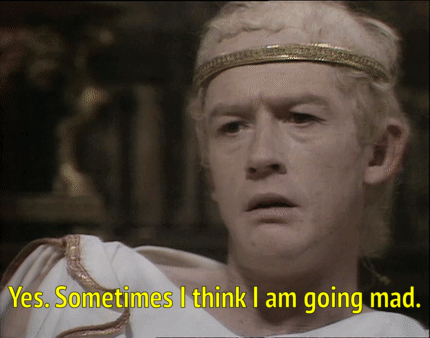
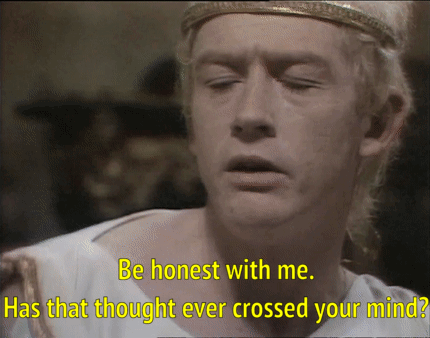
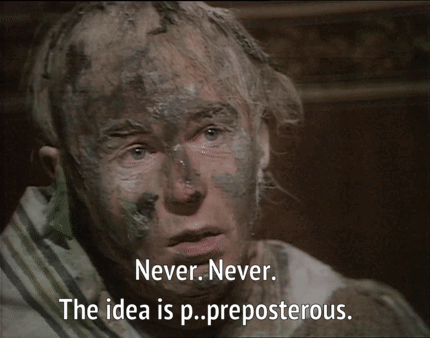
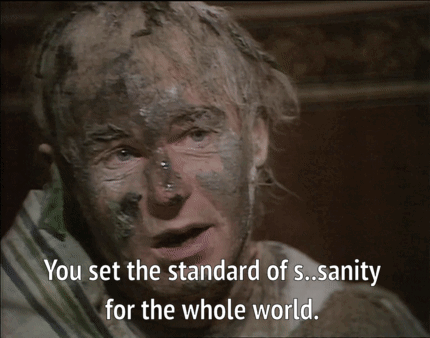
I, Claudius ♦ Favourite scenes
#i claudius#claudius#tiberius claudius caesar augustus germanicus#caligula#This scene makes me a bit sad#be honest with me#but of course no-one can be honest with caligula#because even if caligula was experiencing a moment of clarity here#claudius can't tell him the truth#because next moment the clarity will be gone#and claudius would be a head shorter#this is the real problem of imperial system#there is no mechanism to remove the guy on top if he is mad#when he can execute everyone on a whim everyone caters to him#we can see the same situation when no-one bothers to tell claudius about messalina#perioddramaedit#john hurt#derek jacobi
24 notes
·
View notes
Text
Had a dream about the midnight crew being isekai'd to the human world and turning into half-mythological creatures and they'd just fuck around wreaking havoc. It was more like the real world and post-game alternia had intersected now that i think about it because other carapacians were also there and they had to pretend to be humans and also there were two other guys who were supposedly part of the crew
One of them was a prospitian bishop who was like a neurotic spy that i didn't see much and the other one was a regular pawn called John Infantry
I dont rember the plot but my dream was hyperfocusing on a timeline like it was a fanfic i was thinking of. Also Deuce and his wife got divorced somewhere in the middle (which i would never do they love each other) and he had married Snowman
The most interesting part of the dream for me is that it followed my carapace chess morphology headcanons extremely specifically
#mafa talks#homestuck intermission#some of this is like catered to my personal headcanons#im not gonna lie i'm obsessing over John Infantry. That's so compelling to me
3 notes
·
View notes